|
Water tank key 2020-10-15 The water tank lid has always been quite a hassle to remove every fall when we aimed to empty the tank with a hose and to clean it afterwards. Using various tools such as a hammer and a piece of wood, Polygrip etc was both difficult and risky as the plastic could crack. So, we decided to make a key for the lid and decided to go with tree and pewter as it was the things we got in stock at home. We started by making a plaster copy of the tank lids top but as the grooves on the lids are vertical it was not easy to get the plaster out from the lid. Next step was to buy silicone from the hardware store and use it in the grooves. In order to make the removal of the silicone easy we used vaseline as a release agent. this worked quite well and as next step we used plaster once again to make a positive print of the lids grooves. After the plaster had dried we poured melted tin in the cast and had it cooling down for a while. We broke the cast and cleaned up the pieces of tin. Gave all pieces a number and tested them in the lid. Of some reason they did not fit immediately but with little bit of help from a knife, sandpaper and a file for soft metal we got the pieces right. Next step was to drill holes in the tin pieces and add short screws, but log enough so they came out on the other sides few millimeters so they could be used as markers. The tin pieces was put back in the lid and then we pressed a piece of wood top of them so we got marks on the wood from the protruding screws.
The pieces of tin was screwed in the piece of wood, the
lid was put in its place ans we drew a mark around the lid so we knew
where to saw the pice of wood. One again, little bit sandpaper, file etc
and the piece ow wood was done. |
|
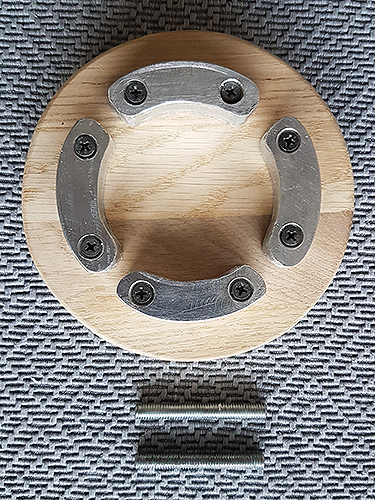 1. We used oak for the wooden part of the key as oak is quite hard. |
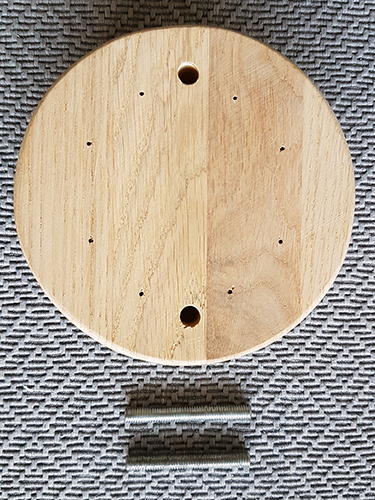 2. On top of the wooden part we drilled two holes for the two small pieces of metall rod in the picture.
|
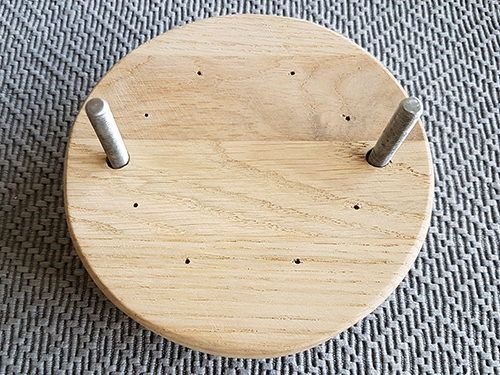 3. The small metal rods are in their places. |
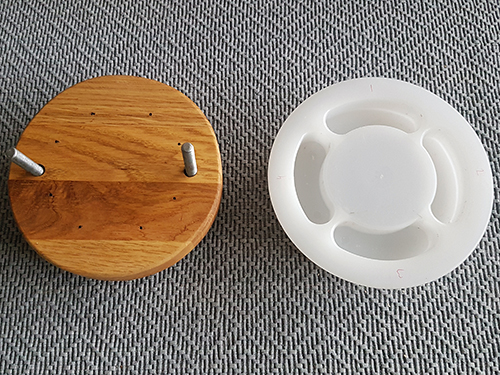 4. The oak was given little bit of oil to protect it from humidity and also to give it a nicer color.
|
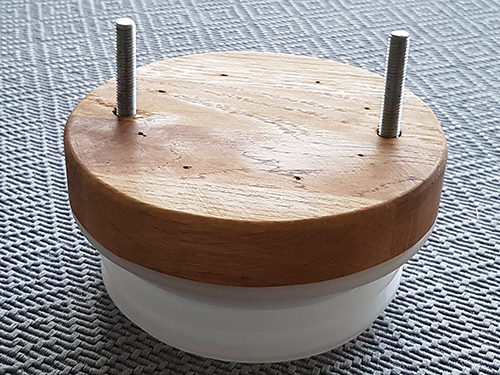 5. The key on top of the lid.
|
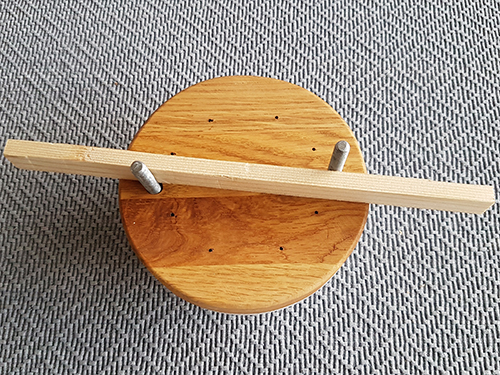 6. Using a piece of wood as a leaver to open or close the lid. |
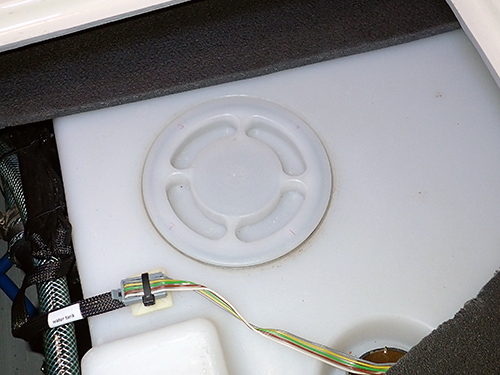 7. The lid in its natural habitat. |
 8. The key in its place.
|
 9. The metal rods in their places. |
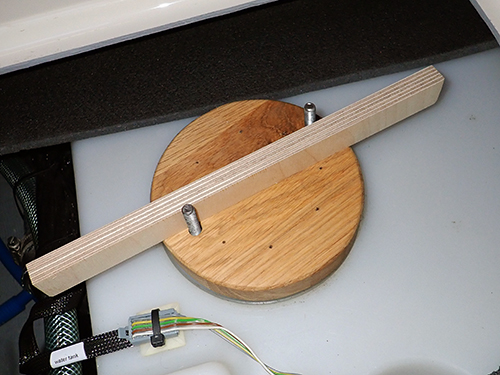 10. The wooden leaver between the metal rods.
|
 11. Some force added to the leaver and the lid is open. |
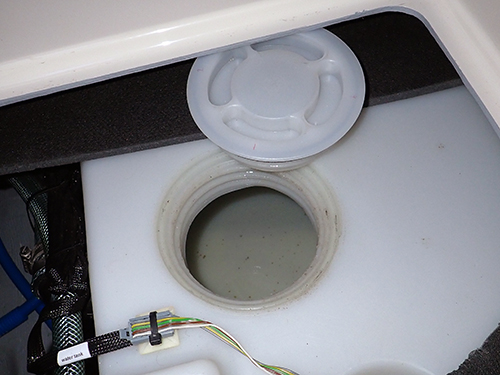 12. Yes, the lid is open as you can see. |
